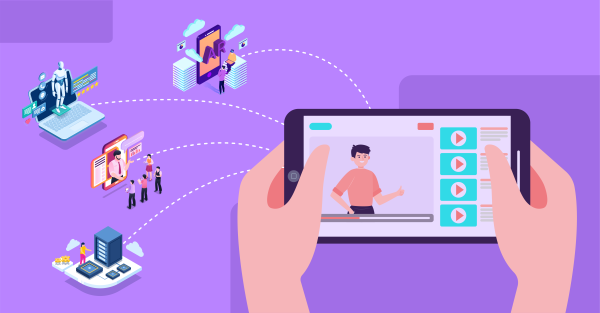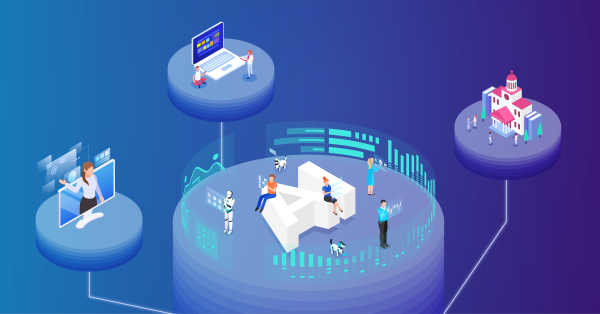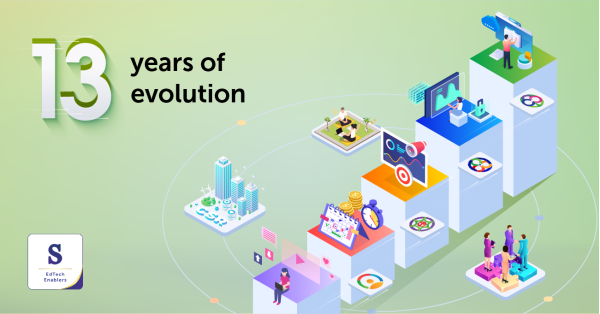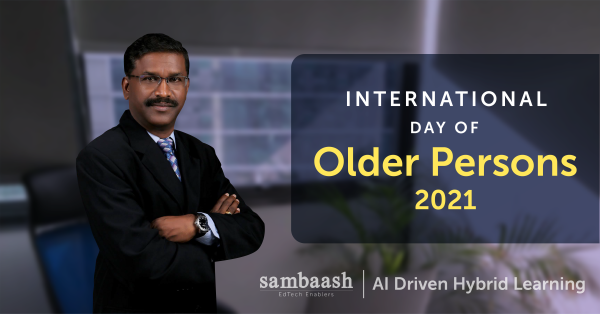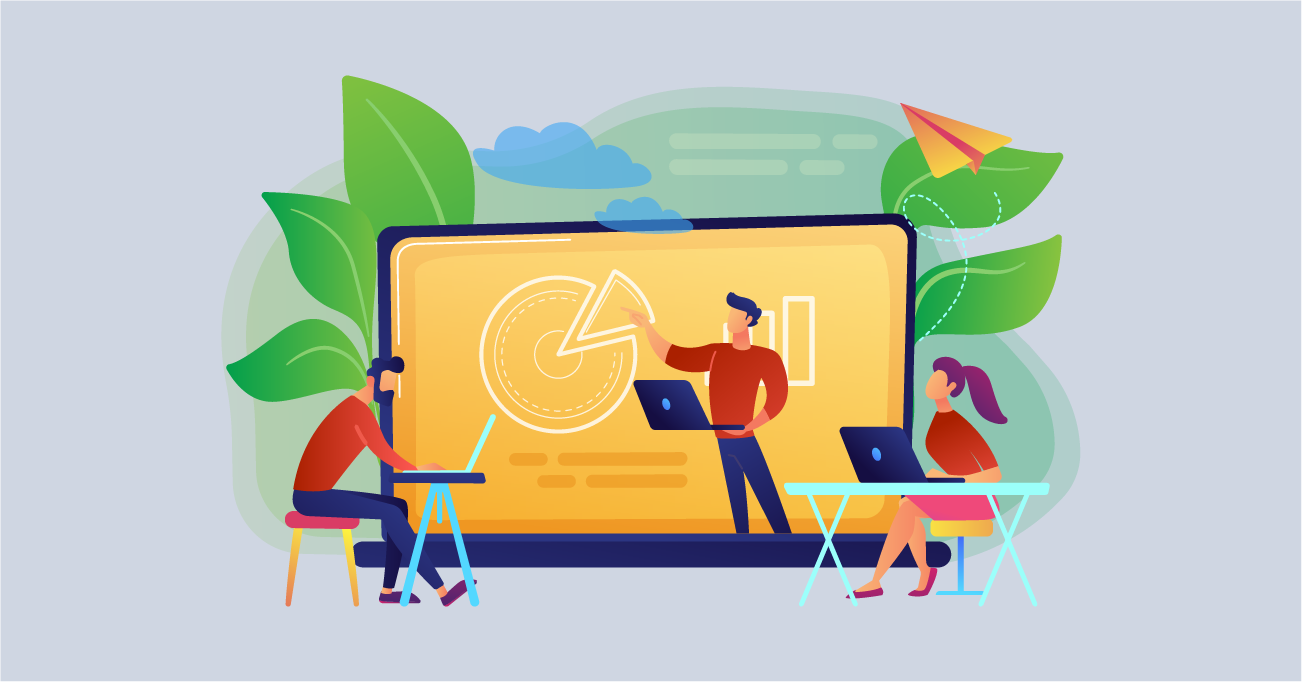
Online learning has now taken the world by storm. Learning patterns have changed manifolds, just like the curriculum and teaching aspects. In the current economic environment, it is imperative that we focus on aspects of learning rather than the aspects of employability, as lifelong learning has come to stay.
Digital capabilities are now the focus of any learning experience and that is the crux of developing any learning design. Within the realm of Learner’s Experience (LX) comes two important aspects of learning- Synchronous and Asynchronous Online learning.
In Synchronous Online learning, the learner attends virtual lectures while completing assignments at home. Whereas with Asynchronous online learning, the learner is expected to self-learn with unlimited access to online modules, while completing assignments within the stipulated deadlines.
However, more and more institutions and companies are now opting for a hybrid model that is a mix of Synchronous and Asynchronous online learning. Blended Learning, thus is a hybrid of the two.
What is Blended Learning?
Blended Learning is an approach of learning where online learning materials (for self-paced learning) and flipped classroom-based teaching methods (for mentoring) are combined. It calls for the learners to stay motivated and targeted on the learning journey, while the mentor (teacher) will assess, mentor, teach as well as facilitate learning for her learners.
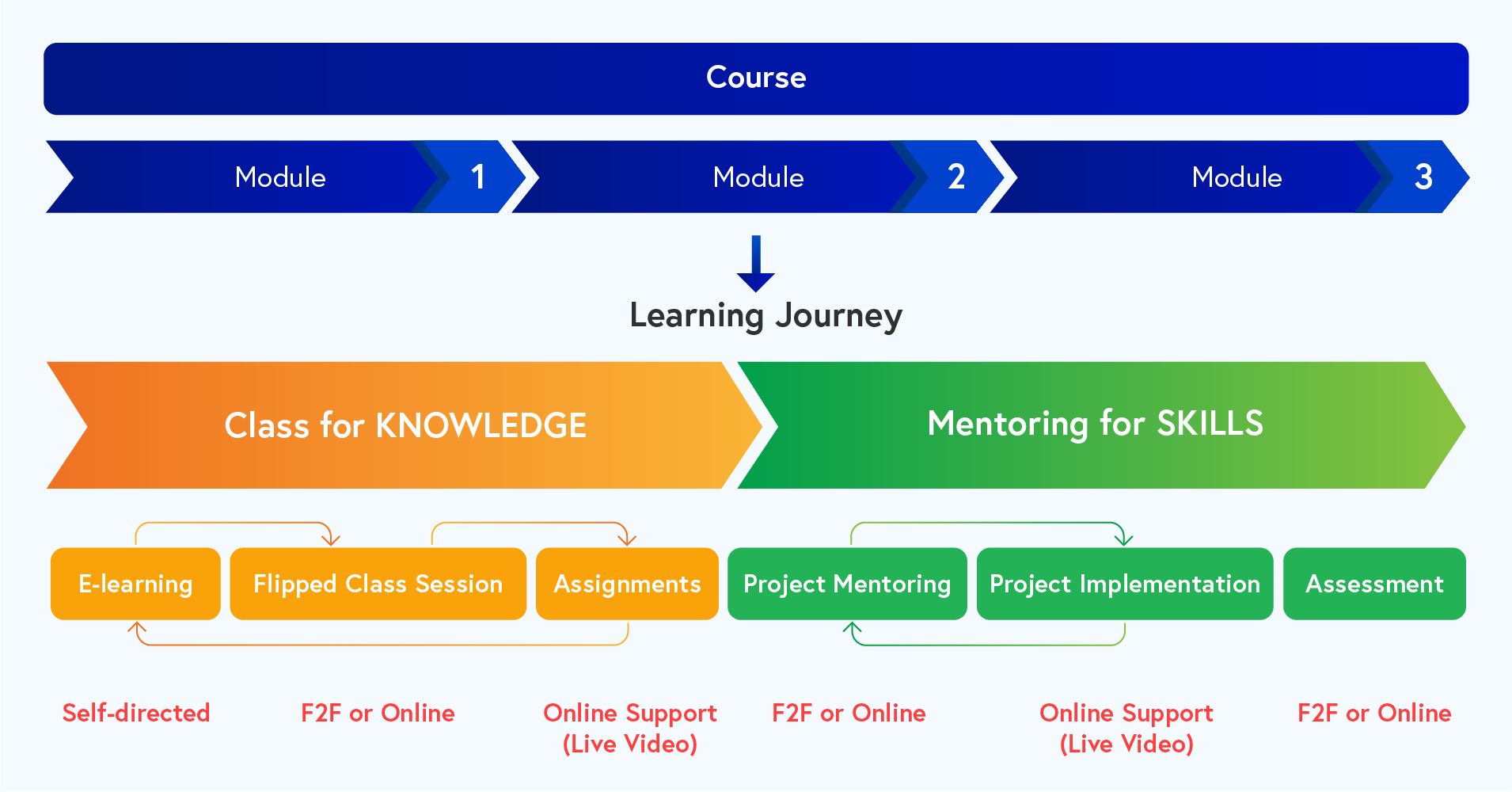
Figure: A sample blended learning design
In essence, it follows the ‘flipped classroom’ model wherein the courses are learnt by the students online while they attend physical classrooms for experiential training or what is popularly known as on-field learning. Such a unique flipped model helps students to learn at their own pace while implementing the learning with a mentor’s classroom presence.
What are the challenges of traditional learning?
Traditional learning, also known as classroom-based learning, is an age-old method of learning where you sit in a classroom and a facilitator teaches the learners. In a physical classroom, the teachers know the students within the classroom setting. However, one of the main issues that come with classroom-based learning is scalability.
For example, in classroom-based learning, there is/are:
a) an ample physical infrastructure;
b) teachers assigned to a class at a given time;
c) the learning design which suits a teaching model but not a self-learning model
As most teachers teach, and not mentor, during their period of time in the classroom, most students are only able to learn in class and then study the topics more when they're back home. The issue of scalability presses on as it is impossible for educational institutions to scale without heavily investing in real estate and teachers.
The traditional classroom setting is now further impacted due to the pandemic - it simply cannot deliver nor scale.
Besides scalability, there are various other drawbacks of traditional learning:
1. Expecting a uniform pace of learning by different students: Every individual is different. While it is true that a curriculum will and has to be decided uniformly, expecting the cohorts to learn at the same pace is a little unreasonable. In a traditional setting, since everyone is listening to the same mentor at the same pace, the grasping of knowledge and retaining it in memory is the first challenge.
2. Restrictions for the mentors to teach various cohorts at once: The traditional learning model emphasizes the time factor heavily- this means a teacher/facilitator can be in one place at a time for fixed hours. That is one of the things which is fully eliminated by blended learning as it helps teachers to attend to multiple cohorts effectively and simultaneously.
Someone pretty famous rightly said, “Time is the most precious wealth that ticks by every second,” and in today’s time, we can’t agree more!
“Life is a limited amount of time and energy. Let this be used for maximum impact.”
- Sadhguru
So, in the above context of life being a limited amount of time and energy, it becomes very important that time is optimised with non-replaceable wealth.
Why is Blended Learning relevant today?
Whether it is about workplaces or classrooms, the pandemic has forced us to move towards online learning and working remotely. Everything happens with the click-clack and needs to be far more flexible to address the gap in the learning delivery due to the pandemic. That is why many institutions and corporates are moving towards blended learning while transforming themselves for industry 4.0.
Now that the above challenges have been eliminated with Blended Learning - learning at your own pace, assignment completion, assessment (formative & summative) marking, and progress measurement have all become handy tools.
When the Blended Learning pedagogy is fused with the “skills-based learning design”, it aids learners to blend and amalgamate various learning content formats that offer efficient training to the workforce, makes an individual future-ready rather than just employment-ready, curtails costs, and extends flexibility.
Keeping all of this in mind, Blended Learning plays one of the most pivotal roles in the realm of education. With time, this will be the only way to go forward with education!

